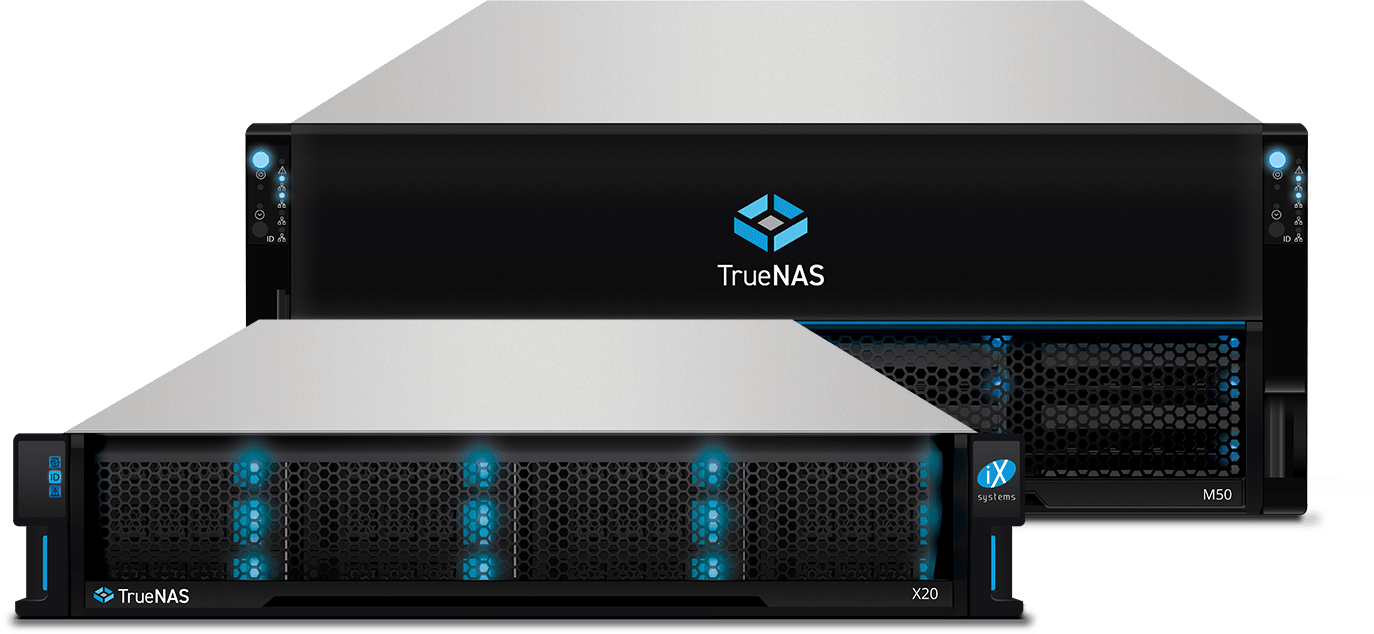
There are several Linux tools to monitor disk activity. The problem with an automated task going directly to root is that I couldn’t tell what (if anything) was happening. “Add” to create a replication job using the newly created SSH connection to push replication data to the zfs dataset we just created. Click “Discover Remote Host Key” which is our first test to see if SSH is setup correctly. Enter a name and IP address, and select the keypair generated earlier. On replication target: add that public key to /root/.ssh/authorized_keys.“Add” to generate a new pair of private/public key. But every time I tried to use a non-root account, replication fails with error umount: only root can use "-types" option So far, I’ve only had luck doing this on root account of the replication target, which is bad for many reasons. The big unknown for me is figuring out permissions for a non-root replication user. “zfs list -t snapshot” to show all ZFS snapshots on record.(I don’t know what risks I took when I failed to export.) I was able to import it into my new replication machine. Ideally this pool had been “export”-ed from the previous machine, but as I found out when my USB enclosure died, this was not strictly required. “zpool import myzfs” brings an existing ZFS pool onto the system.Ideally, we do this before we move a pool to another machine. “zpool export myzfs” is the closest thing I found to “ejecting” a ZFS pool.With a single drive it wouldn’t be possible to automatically repair any errors, but at least we would know that problems exist. “zpool scrub myzfs” to check integrity of data on disk.

Optional: “zfs set compress=lz4 myzfs/mydataset” to enable LZ4 compression on specified dataset.“zfs create myzfs/myset” to create a dataset “myset” on pool “myzfs”.Once a pool exists, we need to create our first dataset on that pool. Many ZFS advantages require multiple disks, but for TrueNAS replication I just output to a single drive. “zpool create myzfs /dev/sdb” would create a new storage pool with a single device.Find the target device name (example: /dev/sdb) and choose a pool name (example: myzfs).Either “fdisk -l” or “lsblk” to list all the storage devices attached to the machine.If I did, though, here are the steps (excerpts from the Ubuntu tutorial linked above): Since my drive was already setup to be a replication storage drive, I didn’t have to create a new ZFS pool from scratch.
#Truenas openzfs install#
I don’t understand the tradeoffs between those two options, I chose to sudo apt install zfsutils-linux because that’s what Ubuntu’s ZFS tutorial used. There seems to be two separate packages for ZFS. ZFS tools are not installed by default on Ubuntu 22.04. It’s been long enough that I had to refer to documentation to rediscover what I need to do, so I’m taking down these notes for if when I need to do it again. Now that I have my system drive up and running on Ubuntu Server 22.04 LTS, it’s time to wade into the land of ZFS again.
#Truenas openzfs free#
My collection of old small SSDs played a game of musical chairs to free up a drive for my TrueNAS replication machine, the process of which was an opportunity for hands-on time with some Linux disk administration tools.


 0 kommentar(er)
0 kommentar(er)
